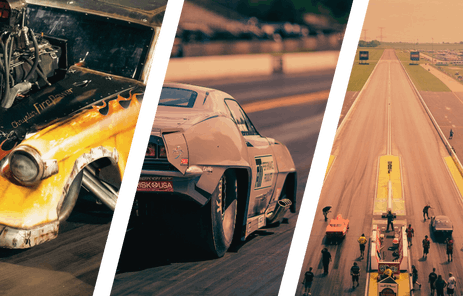
A starter really isn’t a high-profile item on a racecar until it doesn’t work when you’re in the staging lanes — then all of the sudden it’s a big deal. If you want to avoid having starter issues at critical moments, make sure the one you’ve selected is right for your application.
Powermaster is known for producing different starters that will work with any high-performance engine. You can use Powermaster’s three-step process to narrow down which starter will work for your specific application. This process looks at the torque requirements of your engine, what fits the engine, and finally, the weight of the starter. These steps may seem obvious, but they’re a great way to analyze exactly what you need without getting too technical.
According to Powermaster, the amount of torque a starter can produce is the most important statistic you need to be aware of. If the starter can’t produce enough torque, not only will it have a hard time cranking your engine over, it will also be prone to overheating. Your engine’s compression ratio will dictate the level of torque the starter you select needs to produce. Engines in the 12:1 compression range and above need a starter that can generate 200 ft/lb of torque; engines that have a max of 12:1 compression can use a 180 ft/lb torque starter; and engines with a max of 10:5:1 compression can use a 160 ft/lb starter.
The fit portion of the starter selection process is really self-explanatory. There are a lot of things that could interfere with the starter, so make sure you’ve measured everything around the starter to avoid these issues. You also want to make sure the starter will match the ring gear size you need and mount to the block properly. The weight of the starter usually isn’t a big consideration to worry about unless every ounce counts for the class you’re running.
Make sure you check out Powermaster’s website right here to see what starters they have for your specific application.
You might also like
C10 Shootout: Tearing Down the Trucks and Discussing the Build Plan (Ep 2)
On the second episode of the Horsepower Wars C10 Shootout, we'll take a look at the suspension build plan and tear into the C10s.







